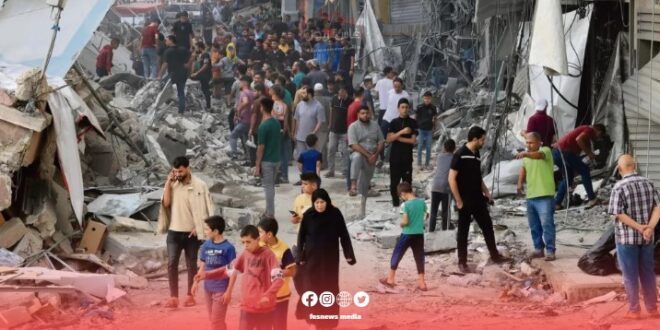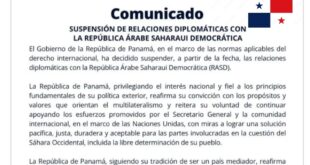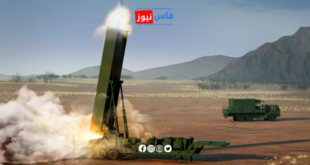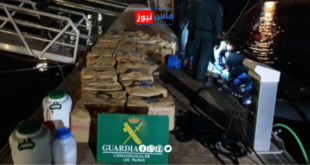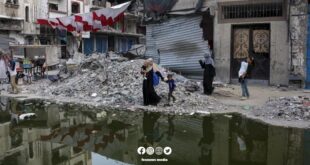Gaza Strip witnessed a new Israeli military escalation on Tuesday, as Israeli forces bombarded various areas of the besieged enclave, particularly in the south. The Israeli army issued new evacuation orders affecting about 250,000 people, according to estimates by the United Nations Relief and Works Agency for Palestine Refugees (UNRWA).
Louise Wateridge, a spokesperson for UNRWA, said in a video briefing from Gaza: “We have seen people moving, families relocating, and individuals starting to pack their belongings.” She added that the agency “estimates that about 250,000 people have been affected by these orders.”
Meanwhile, the Israeli army announced the continuation of its operations in the Shujaiya neighborhood in the north, central Gaza Strip, as well as in Rafah city in the south. AFP images showed displaced families amidst the ruins of Khan Younis city in the south, fleeing once again on foot or crammed onto trailers.
The war, which erupted on October 7 following an unprecedented Hamas attack on Israel, has led to a humanitarian catastrophe in the small territory where 2.4 million people live in “disastrous” conditions according to the UN.
In another development, the Israeli army announced the death of two Israeli soldiers on Monday in central Gaza Strip, bringing the number of Israeli military casualties to 319 since October 27.
According to the Gaza Health Ministry, the number of Palestinian deaths has reached 37,925, mostly civilians, since the start of the Israeli attack on October 7.
Amid these developments, Israel released dozens of Palestinian prisoners, including the director of Al-Shifa Hospital in Gaza City, Mohammed Abu Salmiya, who claimed he was subjected to “severe torture” during seven months of detention.
As these rapid events unfold, the humanitarian crisis in Gaza remains the focus of international attention, with continued calls for a ceasefire and urgent humanitarian aid for the besieged population.
 فاس نيوز ميديا جريدة الكترونية جهوية تعنى بشؤون و أخبار جهة فاس مكناس – متجددة على مدار الساعة
فاس نيوز ميديا جريدة الكترونية جهوية تعنى بشؤون و أخبار جهة فاس مكناس – متجددة على مدار الساعة

